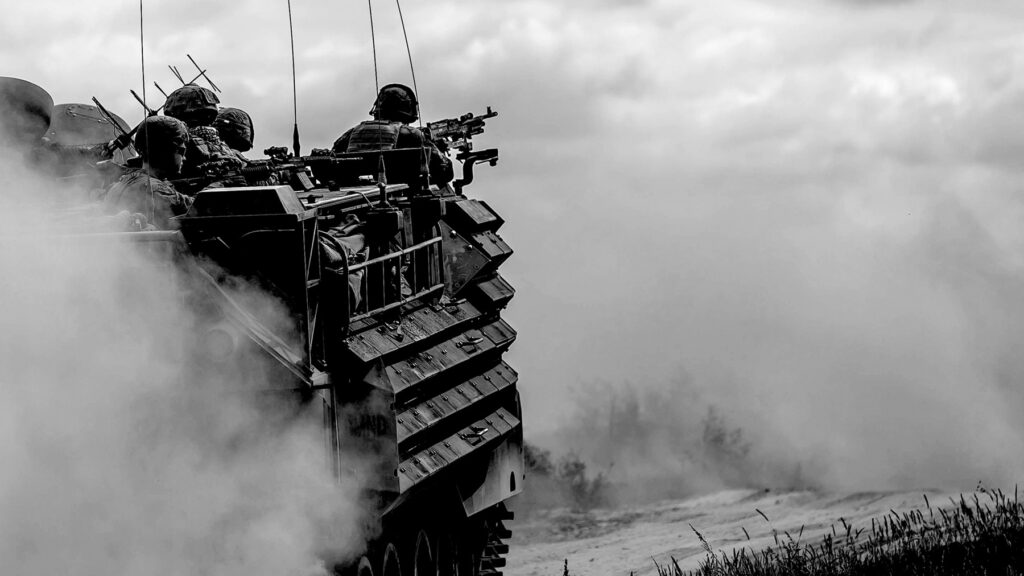Collins Aerospace to Provide Army with Anti-Jam Technology
- The highest anti-jamming and anti-spoofing PNT technology providing access and trusted data for success of critical missions Collins Aerospace Systems, a unit of Raytheon Technologies Corp. (NYSE: RTX), has been selected to provide Mounted…


